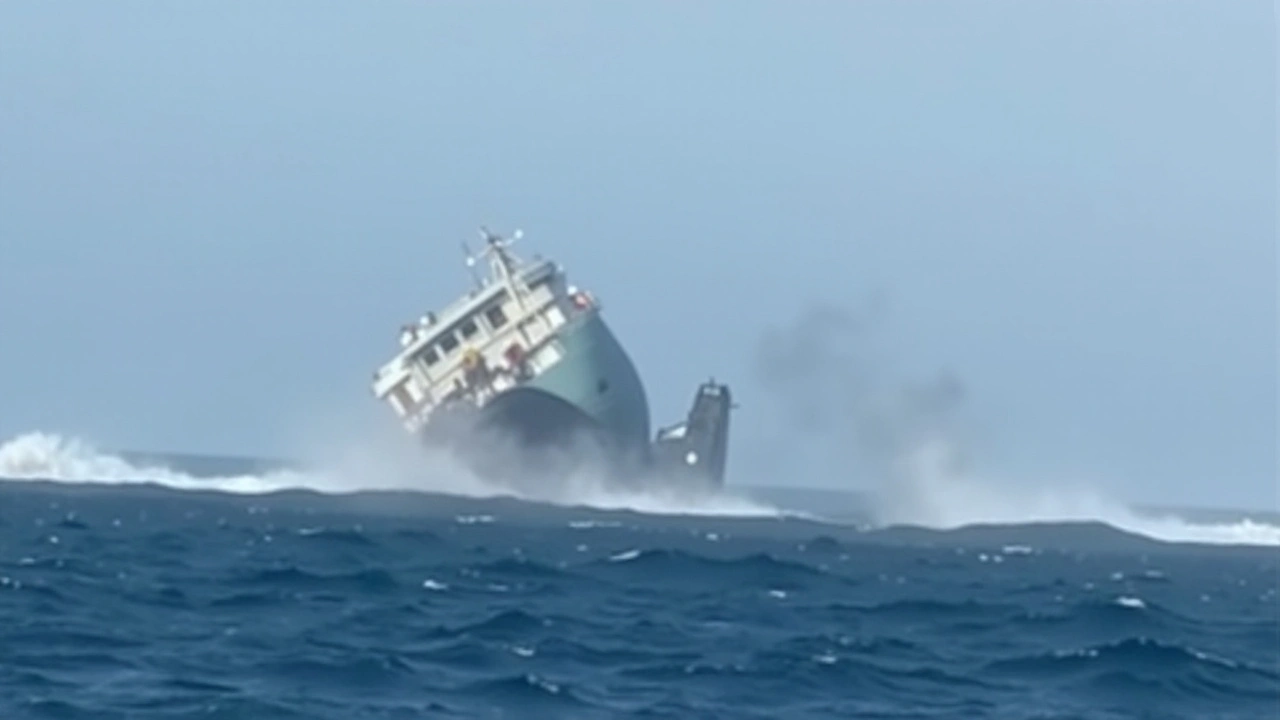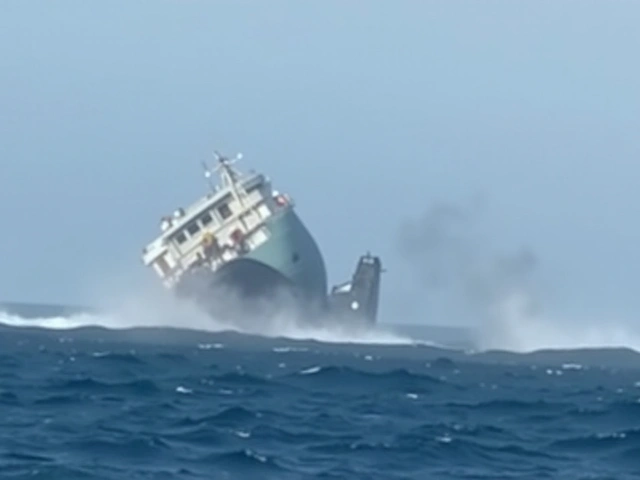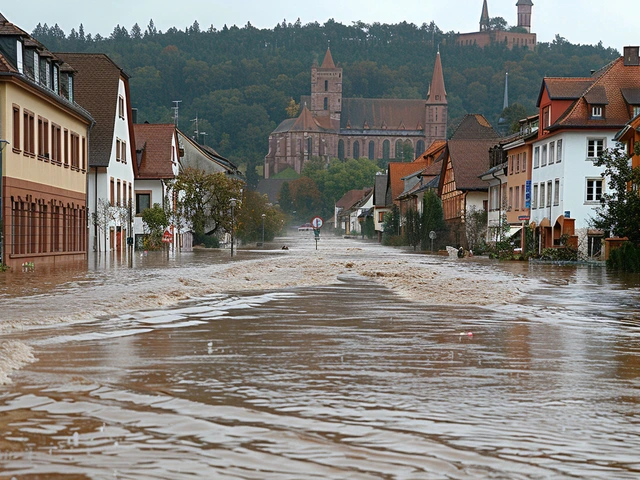Fuel tanks intact: what reporters and residents should know
Hearing that "fuel tanks intact" after an accident, attack or storm sounds reassuring. But that short phrase hides a lot. For communities, officials and journalists, it matters whether tanks are truly undamaged, leaking, or at risk of failing. This page gives clear, usable steps to check claims and know what to do next.
Why "fuel tanks intact" matters
Intact tanks mean lower risk of spills, fires and environmental damage. A damaged tank can leak fuel into soil and water, harm health, and trigger costly clean-ups. In conflict or protest zones, intact tanks also reduce the chance of secondary explosions that endanger first responders and nearby people. For the economy, keeping fuel stores safe prevents supply interruptions that raise prices and disrupt transport.
How to verify a claim quickly
If you hear "fuel tanks intact," here are practical checks anyone can use: 1) Look for visual signs: pools of fuel, strong smell, stains on ground, or smoke. 2) Ask operators or authorities for timestamps and photos — images with time and GPS help. 3) Check official sources: the site owner, local fire service, or national oil regulator should confirm. 4) Use independent tools: recent satellite images or drone footage can show damage or flooding. 5) Watch for secondary signs: road closures, evacuation orders or an increase in emergency vehicles usually mean a bigger problem.
If you are a journalist, get at least two independent confirmations before publishing the phrase. A single statement from a company is not enough when the stakes are high.
For local residents, trust official instructions first. If authorities say the tanks are secure but you still smell fuel or feel unwell, move to fresh air and call emergency services.
Operators and site managers should keep clear records. Regular inspection logs, maintenance photos and recent safety checks make it far easier to prove a tank was intact after an incident. Simple safety measures like secondary containment walls, corrosion checks, venting systems, and locked access reduce risks and speed verification.
Emergency response tips: if you spot a leak, stay upwind and keep people away. Call local fire and environmental agencies, and give them precise location details. Avoid using phones or lighting near the site if the smell of fuel is strong — sparks can ignite fumes.
Environmental impact and follow-up: even if a tank stays intact, nearby equipment or piping might not. Monitor water courses and soil after any incident and ask for an independent environmental assessment. Clean-up plans, testing and public updates keep communities safe and reduce long-term damage.
Short, clear reporting helps. When using the phrase "fuel tanks intact," add quick context: who confirmed it, when, and whether independent checks were done. That builds trust and helps people take the right actions.
Need a checklist to share or print? Look for local regulator templates or ask your municipal office — most have one-page safety sheets for fuel storage incidents.
New Zealand Navy Salvage Operation Finds Intact Fuel Tanks Aboard Sunken Survey Vessel, Limiting Environmental Impact
By Sfiso Masuku On 10 Oct, 2024 Comments (16)

The Royal New Zealand Navy has avoided a potential environmental disaster after the survey vessel HMNZS *Manawanui* was found with intact fuel tanks following its grounding and eventual sinking in Samoa. Divers assessed the wreck and confirmed minimal diesel leakage, bringing relief to local fishermen. Salvage operations are underway to recover the diesel and assess the wreck with the help of recovered voyage data.
View More




